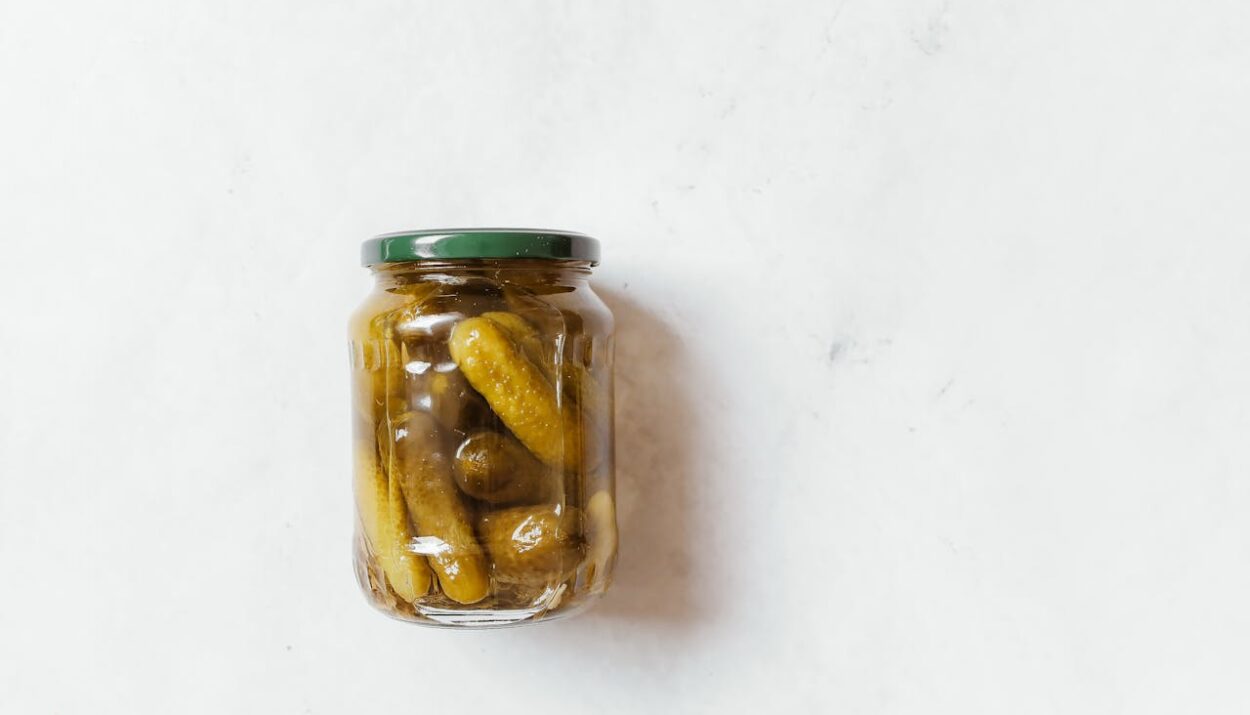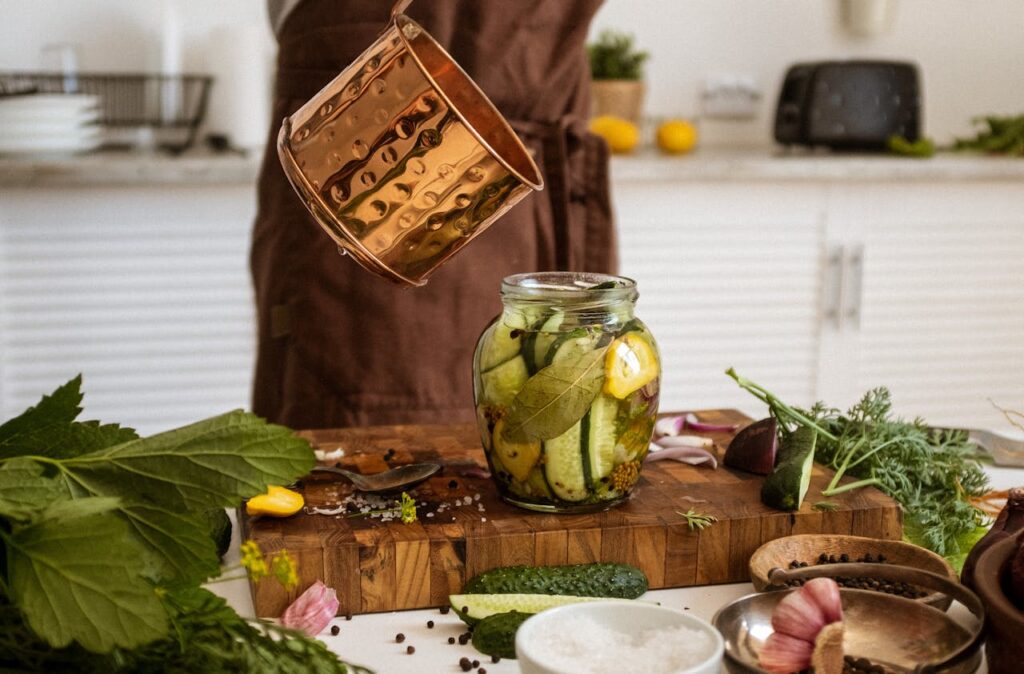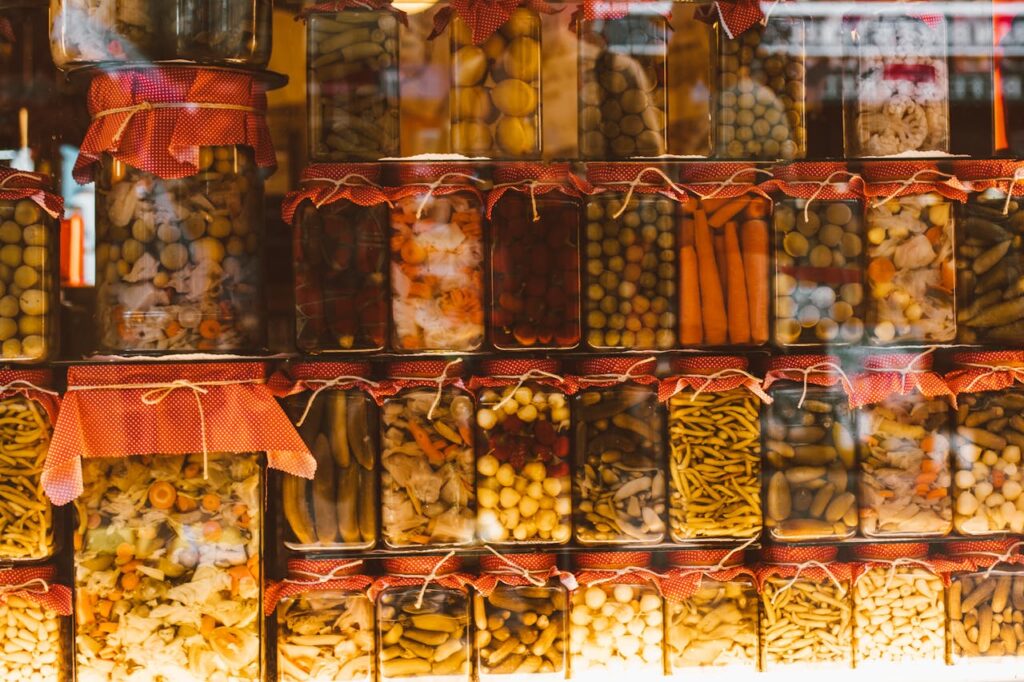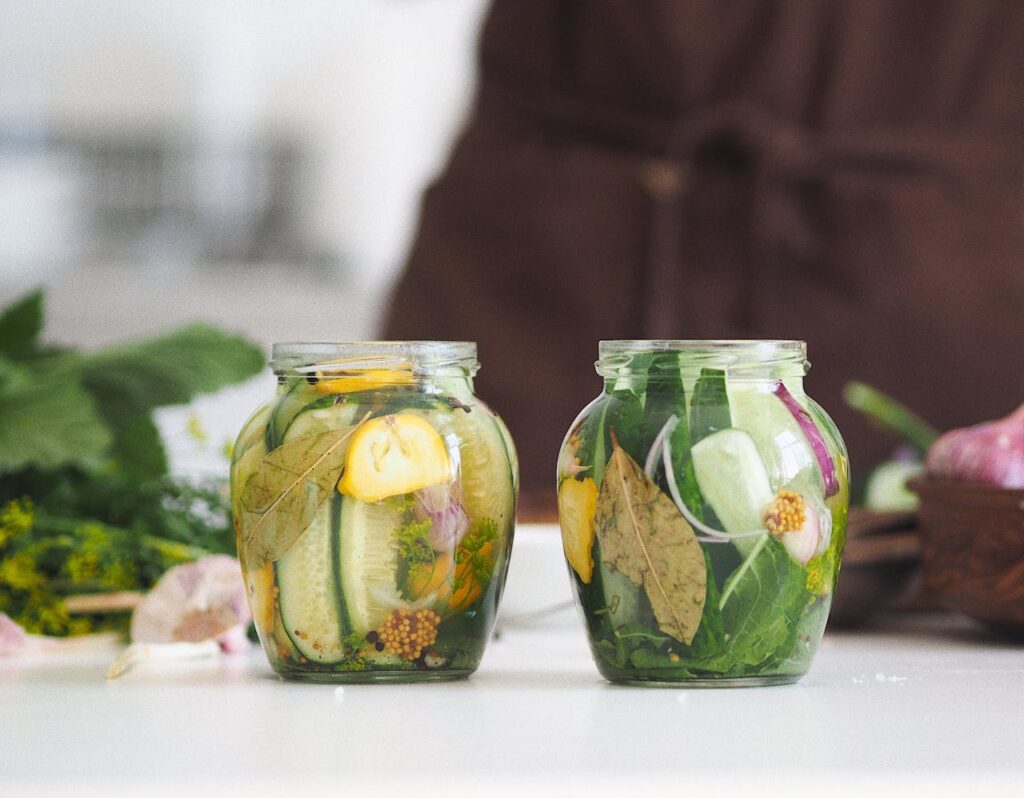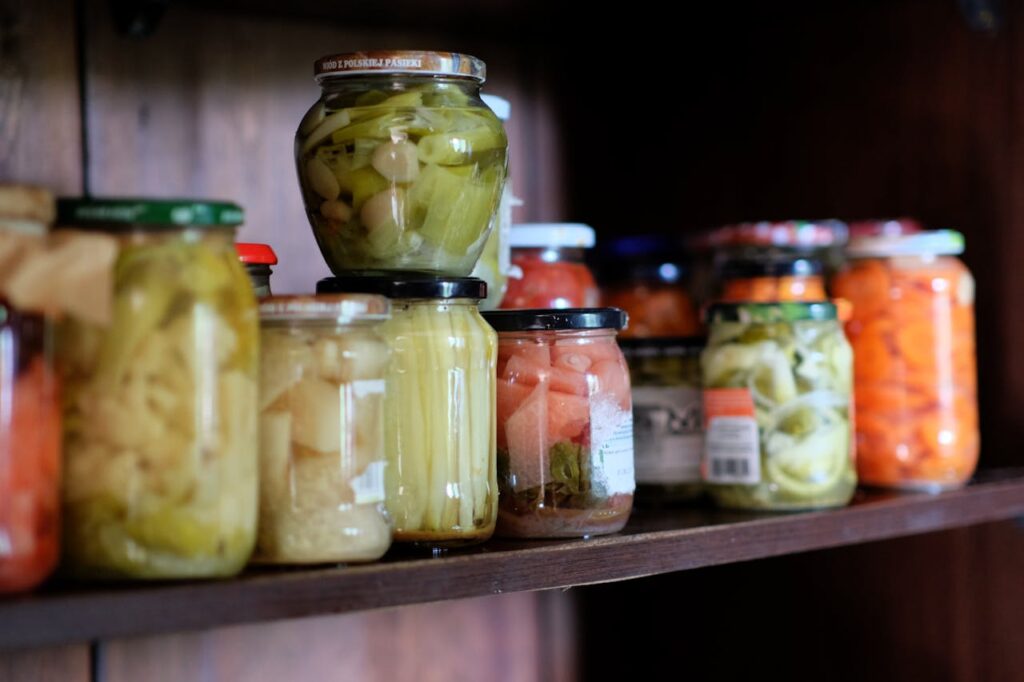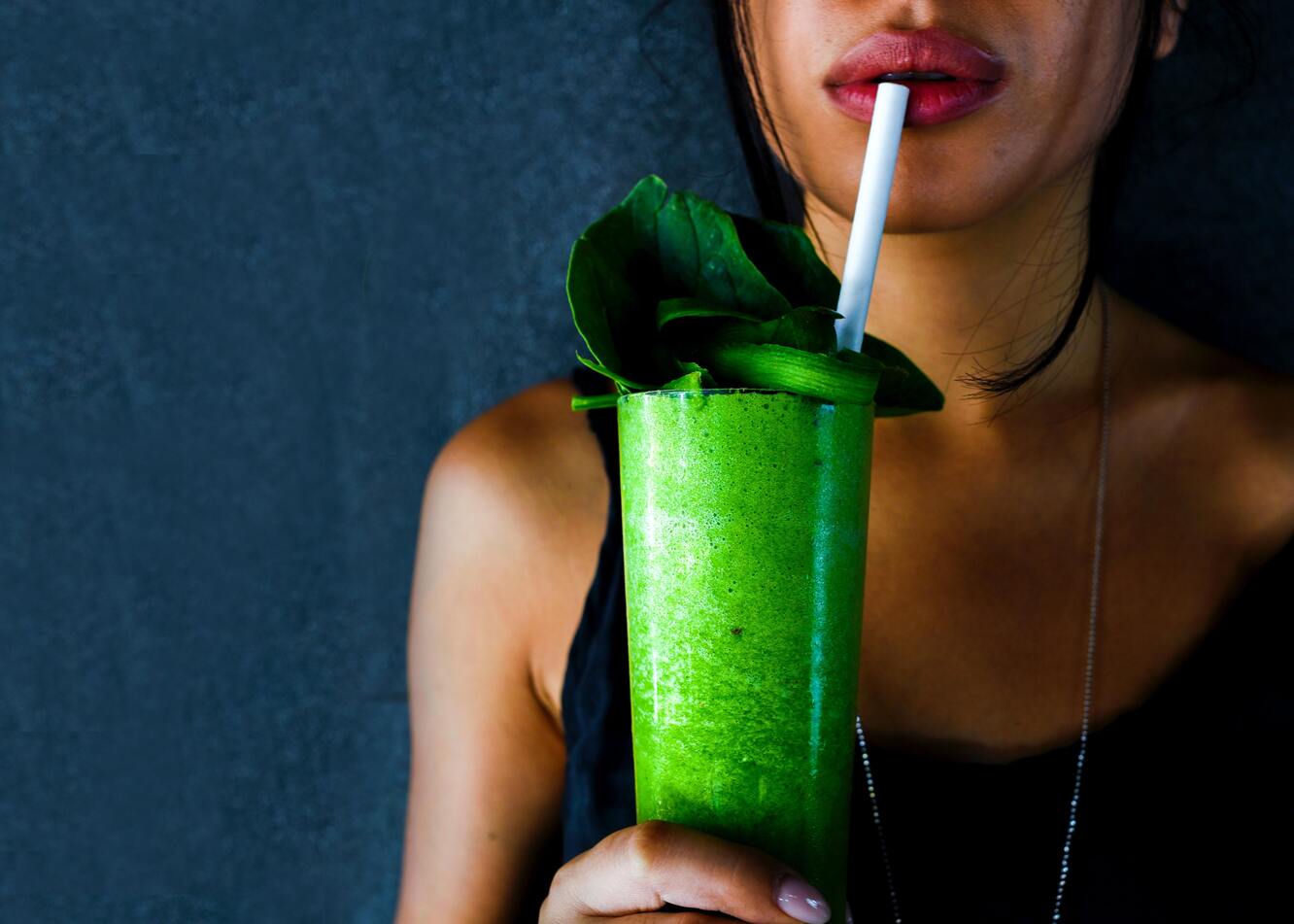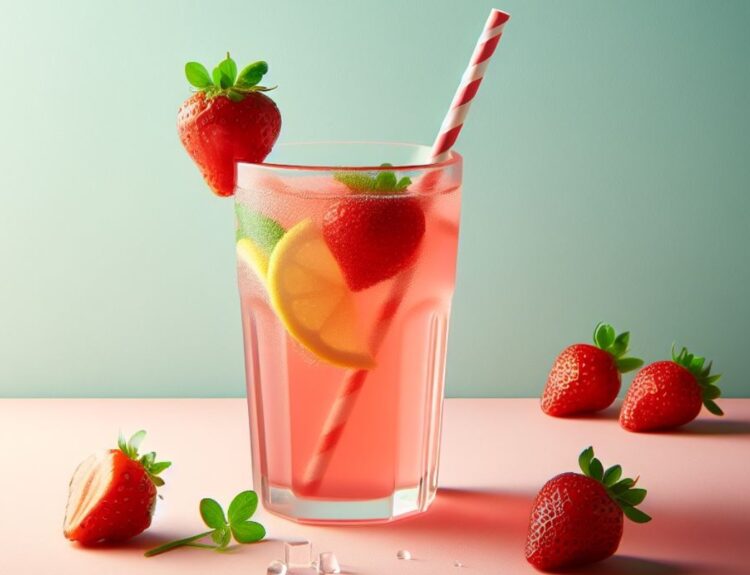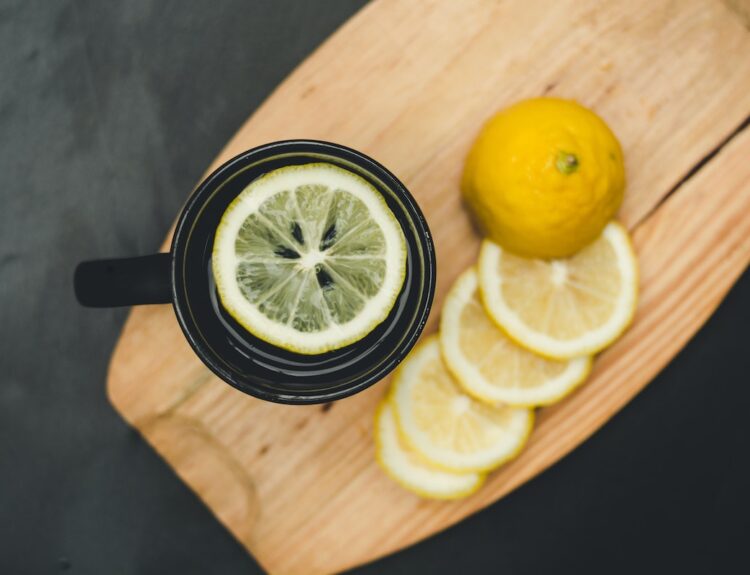Preserved vegetables are a staple in many kitchens worldwide, offering convenience, extended shelf life, and a burst of flavor to various dishes. However, while they provide a way to enjoy vegetables year-round, they also have potential health risks. In this article, we’ll explore the health risks associated with preserved vegetables and provide practical tips on how to enjoy them safely without compromising your well-being. Whether you’re a fan of pickles, kimchi, or sauerkraut, understanding these risks will help you make healthier choices in your diet.
Are preserved vegetables a health risk? Discover the potential health concerns and learn how to enjoy them safely with these practical tips.
In this article:
- Preserved Vegetables in Various Cuisines: A Global Overview
- Health Risks of Preserved Vegetables: What You Need to Know
- Choosing Healthier Preservation Methods for Vegetables
- Practical Tips for Safe Consumption of Preserved Vegetables
PRESERVED VEGETABLES IN VARIOUS CUISINES: A GLOBAL OVERVIEW
Preserved vegetables have long been a staple in many cultures around the world. They extend the shelf life of fresh produce while enhancing flavors and adding unique textures to dishes. Each culture has developed its own methods of preserving vegetables, resulting in diverse flavors and culinary traditions.
In East Asia, preserved vegetables play a significant role in everyday meals. In China, pickled mustard greens, known as “suan cai,” and fermented cabbage, or “paocai,” are commonly used in soups, stir-fries, and rice dishes. Korea’s famous kimchi, a fermented cabbage seasoned with chili, garlic, and ginger, is a dietary staple and a cultural icon, enjoyed as a side dish or a key ingredient in many traditional recipes.
In Europe, preserved vegetables like sauerkraut in Germany and pickled cucumbers in Eastern Europe are integral to the region’s culinary identity. These foods often accompany meats and sausages, providing a tangy contrast to rich, savory flavors. In the Mediterranean, sun-dried tomatoes, olives, and artichokes preserved in oil are popular, adding depth and intensity to salads and pastas.
In South Asia, pickles, or “achar,” are made from various vegetables such as mangoes, carrots, and lime, preserved in oil and spices. These are served alongside main meals to add a burst of flavor. Similarly, preserved lemons and turnips are essential to many traditional dishes in the Middle East, offering bright, acidic notes that complement hearty stews and grilled meats.
HEALTH RISKS OF PRESERVED VEGETABLES: WHAT YOU NEED TO KNOW
While preserved vegetables offer a way to enjoy seasonal produce year-round, they also come with potential health risks that consumers should be aware of. One of the most significant concerns is the high sodium content. Salt is often used as a primary preservative to extend shelf life. Still, excessive sodium intake can lead to various health problems, including hypertension, cardiovascular disease, and an increased risk of stroke. Individuals with existing health conditions, such as high blood pressure, are particularly vulnerable to these risks.
Another concern is the preservation method itself. Specific traditional methods (such as pickling with high salt concentrations or fermenting without adequate control) can develop harmful bacteria or toxins. For example, improper fermentation can result in the growth of Clostridium botulinum, the bacterium responsible for botulism, a potentially fatal illness. It highlights the importance of proper food safety practices when preparing or consuming preserved vegetables.
Recent studies have also linked frequent consumption of preserved vegetables to an increased risk of specific cancers. Research conducted in China has shown a correlation between a high intake of preserved vegetables and a higher incidence of esophageal cancer and hemorrhagic stroke. Researchers believe the presence of carcinogenic compounds that form during the preservation process—especially in heavily salted or pickled foods—causes this association.
While preserved vegetables can be a valuable part of a diet, it’s crucial to be mindful of their health risks.
CHOOSING HEALTHIER PRESERVATION METHODS FOR VEGETABLES
Traditional methods like pickling and fermenting are popular but can pose health concerns if not done correctly. To ensure you’re making the healthiest choices, find out how different preservation techniques impact the quality and safety of vegetables.
- Fermentation is one of the healthiest methods, preserving vegetables while enhancing their nutritional profile. It promotes the growth of beneficial probiotics, which improve gut health and boost the immune system. However, it’s crucial to monitor the salt content used in fermentation. Opt for recipes with minimal salt or explore alternatives like whey or specialized starter cultures to achieve fermentation without excessive sodium.
- Freezing is another excellent preservation method that retains most nutrients without the need for added preservatives. Unlike pickling or salting, freezing maintains the freshness of vegetables. Blanching before freezing helps preserve color, texture, and nutritional content, ensuring vegetables stay fresh for extended periods.
- Drying or Dehydrating vegetables is also a healthy alternative. This method removes moisture, preventing bacterial growth and spoilage. Techniques such as sun-drying, oven-drying, and using a dehydrator each offer unique flavors and textures while extending shelf life.
- Pickling can be healthier when using vinegar-based brines with reduced salt content. Enhance flavor with fresh herbs and spices to make your preserved vegetables more delicious and healthier.
PRACTICAL TIPS FOR SAFE CONSUMPTION OF PRESERVED VEGETABLES
First and foremost, it’s essential to be aware of the sodium content. Many preservation methods, particularly pickling and salting, rely heavily on salt to extend shelf life. Regularly consuming high-sodium foods can contribute to health issues like hypertension and cardiovascular disease. To reduce sodium intake, rinse preserved vegetables under water before eating to wash away some of the excess salt. Alternatively, look for low-sodium or no-salt-added options available in stores, which are becoming more common as demand for healthier choices grows.
Portion control is another crucial strategy. Even if you enjoy preserved vegetables, it’s wise to consume them in moderation, especially if they are high in salt or sugar. Incorporate them as a complement to fresh vegetables rather than the main component of your meal. This balance lets you enjoy their unique flavors while minimizing potential health risks.
When preparing preserved vegetables at home, pay attention to hygiene and storage. Sterilize all equipment and jars to prevent the growth of harmful bacteria. Follow trusted recipes that have been tested for safety, particularly those involving fermentation, which requires careful monitoring of pH levels and salt concentrations.
Always check the expiration dates and storage instructions on commercially preserved vegetables. Proper storage is crucial to maintaining their safety and quality. Keep pickled or fermented vegetables refrigerated, and discard any that show signs of spoilage, such as mold or off-putting odors.
By following these tips, you can enjoy preserved vegetables safely while reducing potential health risks.
_____
Preserved vegetables offer extended shelf life and diverse culinary possibilities. However, they also have specific health risks if not consumed wisely. By taking proactive steps such as reducing sodium intake, using safe preservation techniques, and balancing them with fresh produce, you can enjoy the convenience and taste of preserved vegetables without jeopardizing your health. Mindful consumption and proper preparation are essential to integrating these foods into a healthy, balanced lifestyle.
This post may contain affiliate links. You can read the affiliate disclosure here.

